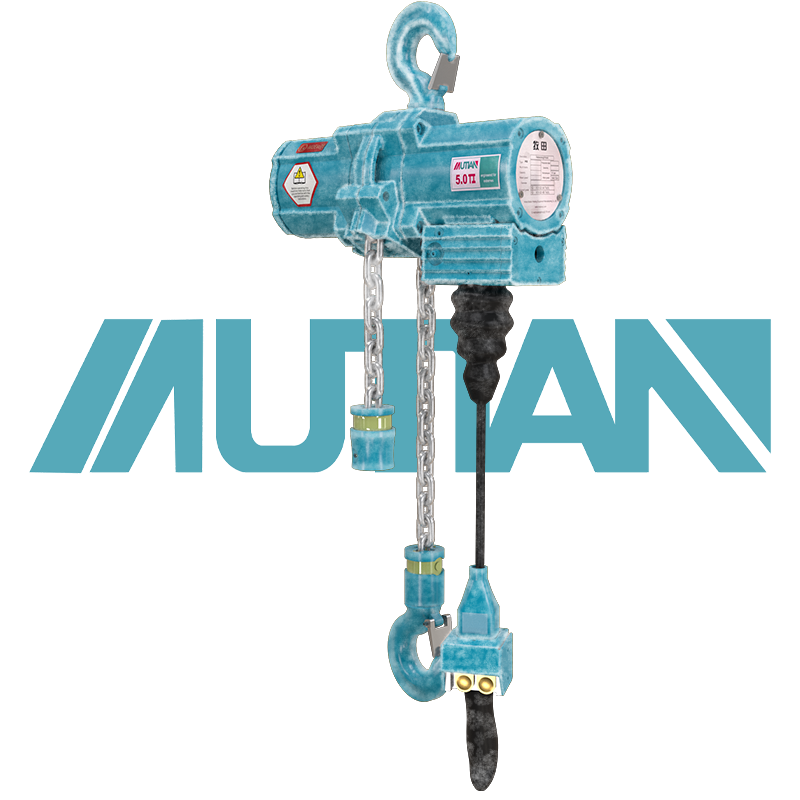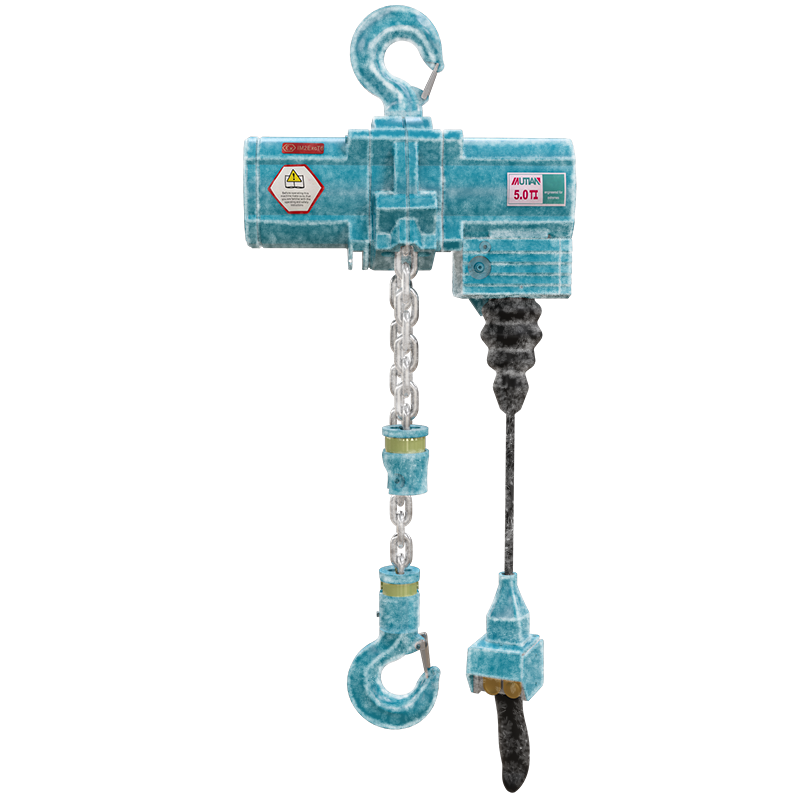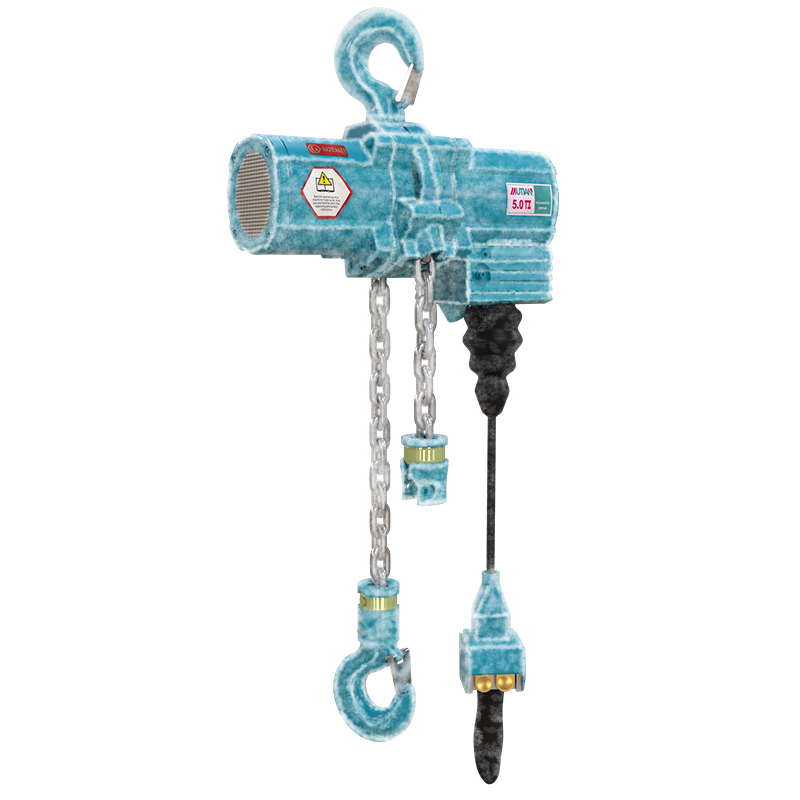 中文版
中文版



Welcome to contact us by phone:0086-0312-7969888
A low-temperature pneumatic chain hoist works on the principles of pneumatics, utilizing compressed air to power the lifting and lowering operations. The basic working mechanism involves a combination of air pressure, control valves, and mechanical components. Here's a general overview of how a low-temperature pneumatic chain hoist operates:
Compressed Air Supply:
The hoist requires a source of compressed air for operation. This compressed air is typically supplied by an air compressor, which pressurizes the air to a level suitable for powering the hoist.
Air Motor:
The heart of the pneumatic chain hoist is the air motor. This motor is designed to convert the energy stored in compressed air into mechanical motion. The air motor is connected to the hoist's lifting mechanism and controls the lifting and lowering of the load.
Control Valves:
Control valves play a crucial role in regulating the flow of compressed air to the air motor. The valves are manipulated by the operator to control the direction and speed of the hoist's movements. Common types of control valves include directional control valves and throttle valves.
Lifting Mechanism:
The lifting mechanism of the hoist typically involves a chain or wire rope that is wound around a drum. The drum is connected to the air motor, and as the motor turns, it raises or lowers the load attached to the chain.
Braking System:
A braking system is incorporated to ensure that the load remains in position when the hoist is not actively lifting or lowering. The brake engages automatically when the air pressure is released.
Safety Features:
Many pneumatic chain hoists include safety features such as overload protection devices and emergency stop controls. These features enhance the safety of the hoist and prevent accidents in the event of excessive loads or other emergencies.
Cold-Resistant Components:
In the case of a low-temperature pneumatic chain hoist, special attention is given to the selection of materials and components that can withstand freezing temperatures. Cold-resistant lubricants and materials are used to ensure the hoist operates reliably in cold environments.
Air Exhaust:
After performing work, the compressed air is released through an exhaust system. This exhaust system helps control the speed and direction of the load, providing precise control to the operator.
It's important to note that the specific design and features of a low-temperature pneumatic chain hoist may vary among manufacturers. Users should refer to the manufacturer's documentation and guidelines for proper operation, maintenance, and safety considerations. Additionally, adherence to industry standards and regulations is essential to ensure the safe and reliable use of the hoist in cold environments.


X